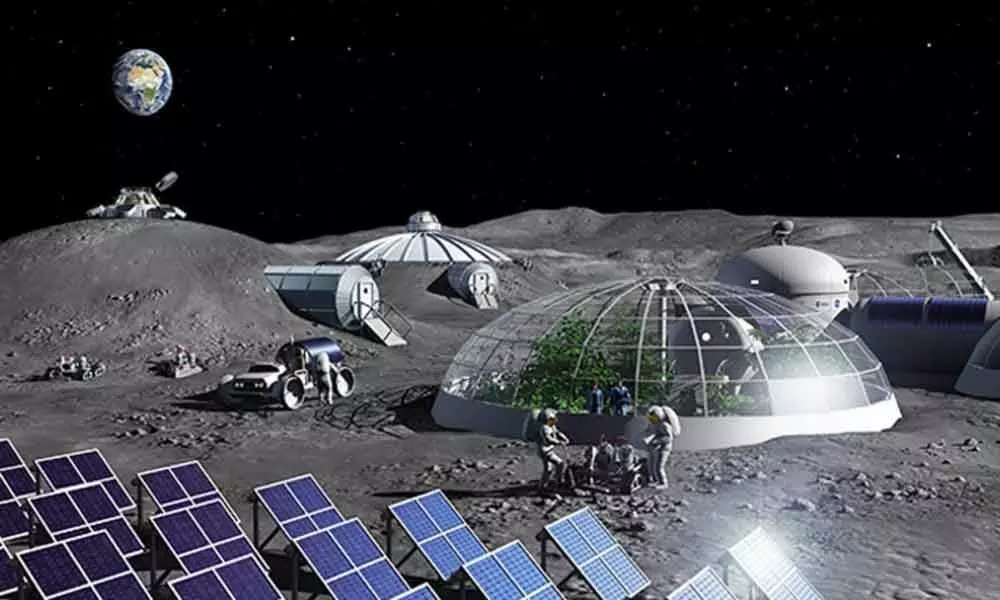European Space Agency novel system to turn moon dust into oxygen

The European Space Agency (ESA) is developing a prototype system to help humans breathe on the Moon by turning moondust into oxygen.
The European Space Agency (ESA) is developing a prototype system to help humans breathe on the Moon by turning moondust into oxygen.
The facility being developed in the Netherlands will create oxygen using simulated lunar material, not only to help astronauts breathe, but also for rocket fuel, the ESA said in a statement.
"Being able to acquire oxygen from resources found on the Moon would obviously be hugely useful for future lunar settlers, both for breathing and in the local production of rocket fuel," said Beth Lomax from the University of Glasgow in the UK.
"And now we have the facility in operation we can look into fine-tuning it, for instance by reducing the operating temperature, eventually designing a version of this system that could one day fly to the Moon to be operated there," ESA research fellow Alexandre Meurisse added.
Samples returned from the surface of the Moon confirm that lunar regolith is made up of 40–45 per cent oxygen by weight, its single most abundant element, the scientists noted. However, this oxygen is bound up chemically as oxides in the form of minerals or glass, so is unavailable for immediate use, they said.
The new method, called molten salt electrolysis, involves placing regolith in a metal basket with molten calcium chloride salt to serve as an electrolyte, heated to 950 degrees celsius.
At this temperature the regolith remains solid, the researchers said. However, passing a current through it causes the oxygen to be extracted from the regolith, and migrate across the salt to be collected at an anode, an electrode through which the conventional current enters into an electrical device.
This process also converts the regolith into usable metal alloys, the researchers said. They explained that the system runs silently, with the oxygen produced in the process being vented into an exhaust pipe.
However, the oxygen produced can be stored after future upgrades of the system, they said. "The production process leaves behind a tangle of different metals, and this is another useful line of research, to see what are the most useful alloys that could be produced from them, and what kind of applications could they be put to," said Meurisse.
The researchers noted that their ultimate aim is to design a 'pilot plant' that could operate sustainably on the Moon, with the first technology demonstration targeted for the mid-2020s.














